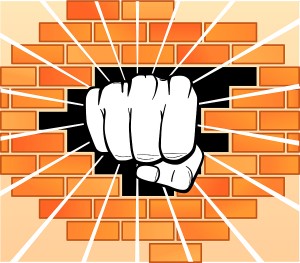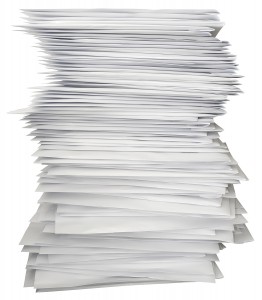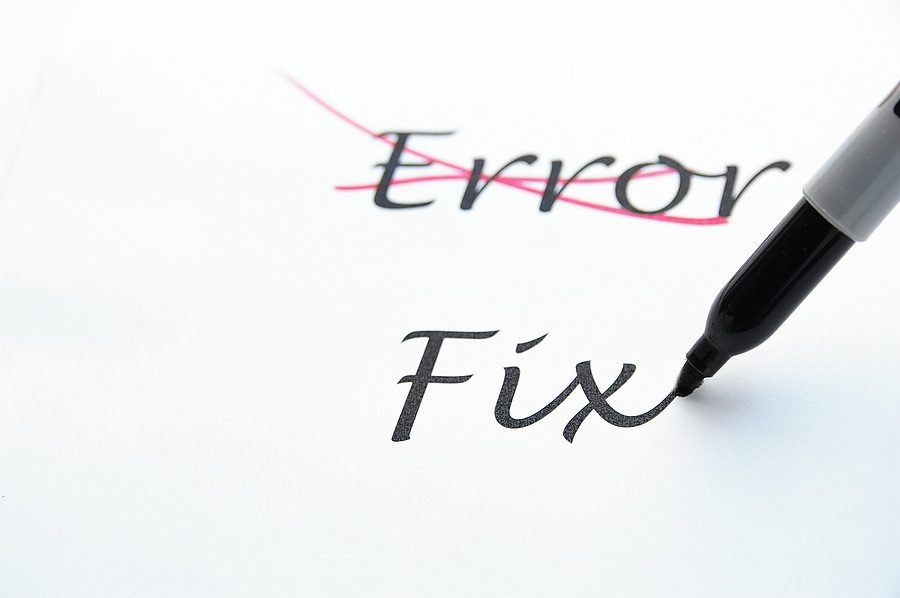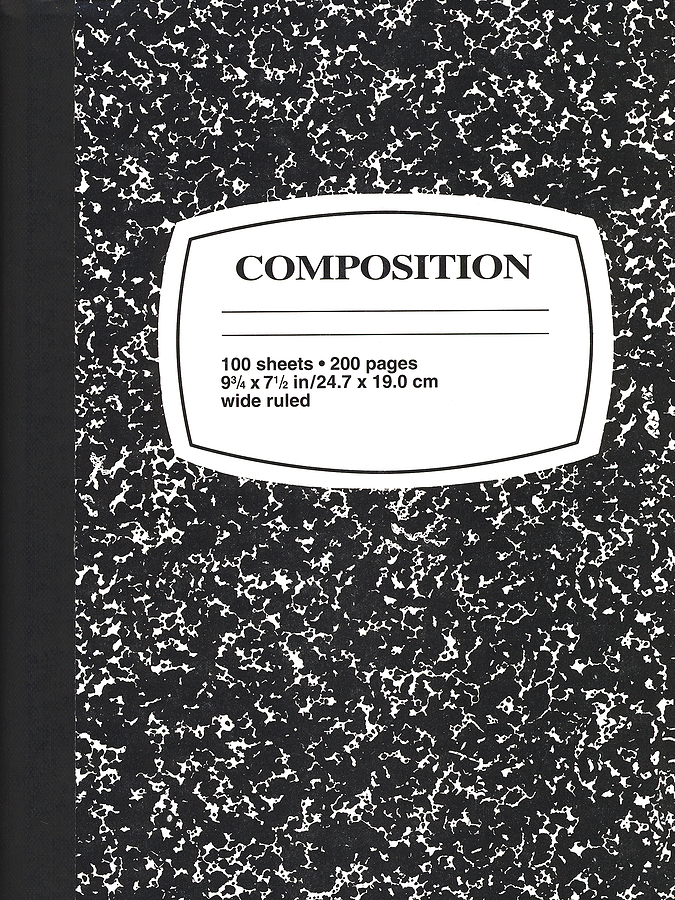You Have Twenty Books in You
Whether you are planning a book, or are in the midst of writing one, I have some advice that could be a life saver. That is:
Don’t look at this current book as the only one you’ll ever write. If you do, it’ll mess with your head.
How so?
If you’re convinced this is your only book, you’ll stuff it with everything you know – and it’ll grow unwieldy. You’ll try making it perfect – and it’ll end up dull. You’ll want it to be a permanent monument to your very existence – and it’ll turn into an embarrassment.
Trust me, I’ve seen it happen. The harder a writer presses, the more their work suffers.
When I’m coaching a would-be book writer, I put things in perspective. I tell them: “You have twenty books in you. This is merely one of twenty. Treat it that way.”
If the book you’re working on is only a twentieth of your eventual output, that’ll change your approach. Your writing will become focused, your words will flow more easily, and most importantly you’ll be willing to take chances, because your entire life isn’t resting on this one throw of the dice. 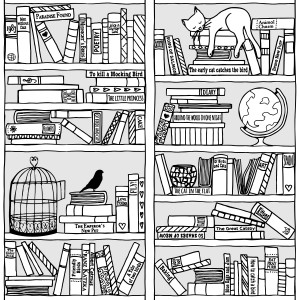
Now, you can take my word that you have twenty books in you, or you could give yourself a dose of proof.
Suppose, for instance, you’re a strategy consultant. What books might you write?
You could write a general book on strategy, but you could also write a dozen separate books on strategy’s subcomponents, such as market selection and business unit strategy.
You could write books for different audiences, such as strategy creation for the CEO and strategy creation for a team.
You could write books on capturing different markets, like winning business in newly industrialized countries and winning business with members of Generation Z.
You could write books in different formats, such as a primer, a field guide, a workbook, a 30-day guide to building a strategy, a six-month diary on execution, a 365-day guide of strategy wisdom.
And those are just for starters.
Since we’re looking ahead, you’ll be learning methodologies that don’t exist yet, and you can write about those. You’ll be having experiences you haven’t had yet, and you can write about those.
What’s more, you can write books that are outside the realm of your current business, or that intersect with it indirectly.
If I gave you a couple of hours, your list likely wouldn’t be twenty books long. It would be double or even quadruple that number.
Of course, listing books and completing them are two wildly different matters. Still, taking a stab at this exercise will show that you have a lifetime’s worth of information and expertise to write about — and when you write one book, you build the capacity to write the next.
I have two questions for you, then:
- What are your twenty books?
- Which one will you work on today?


